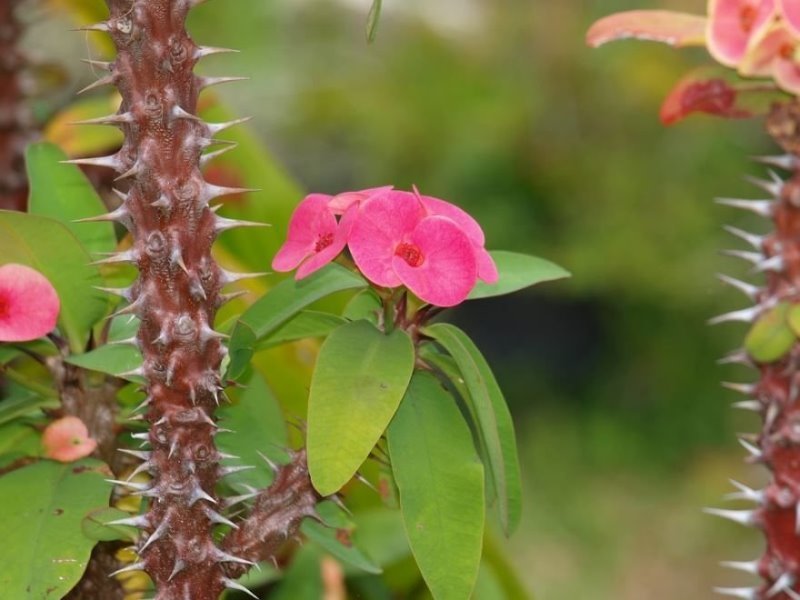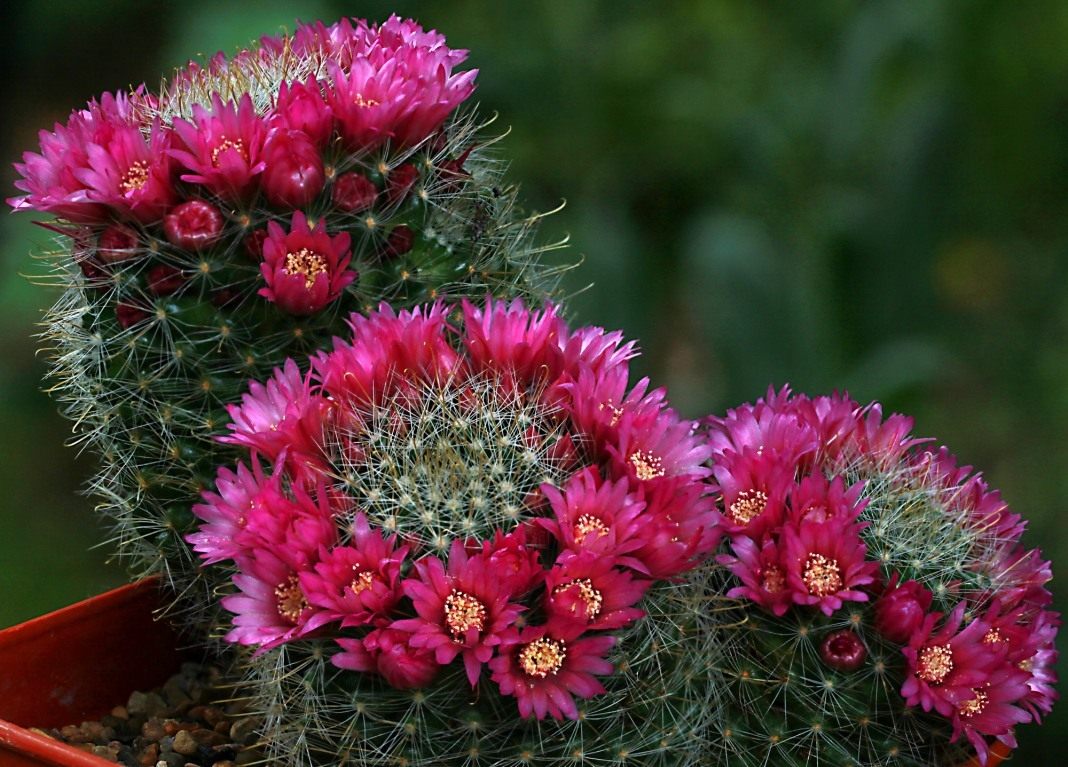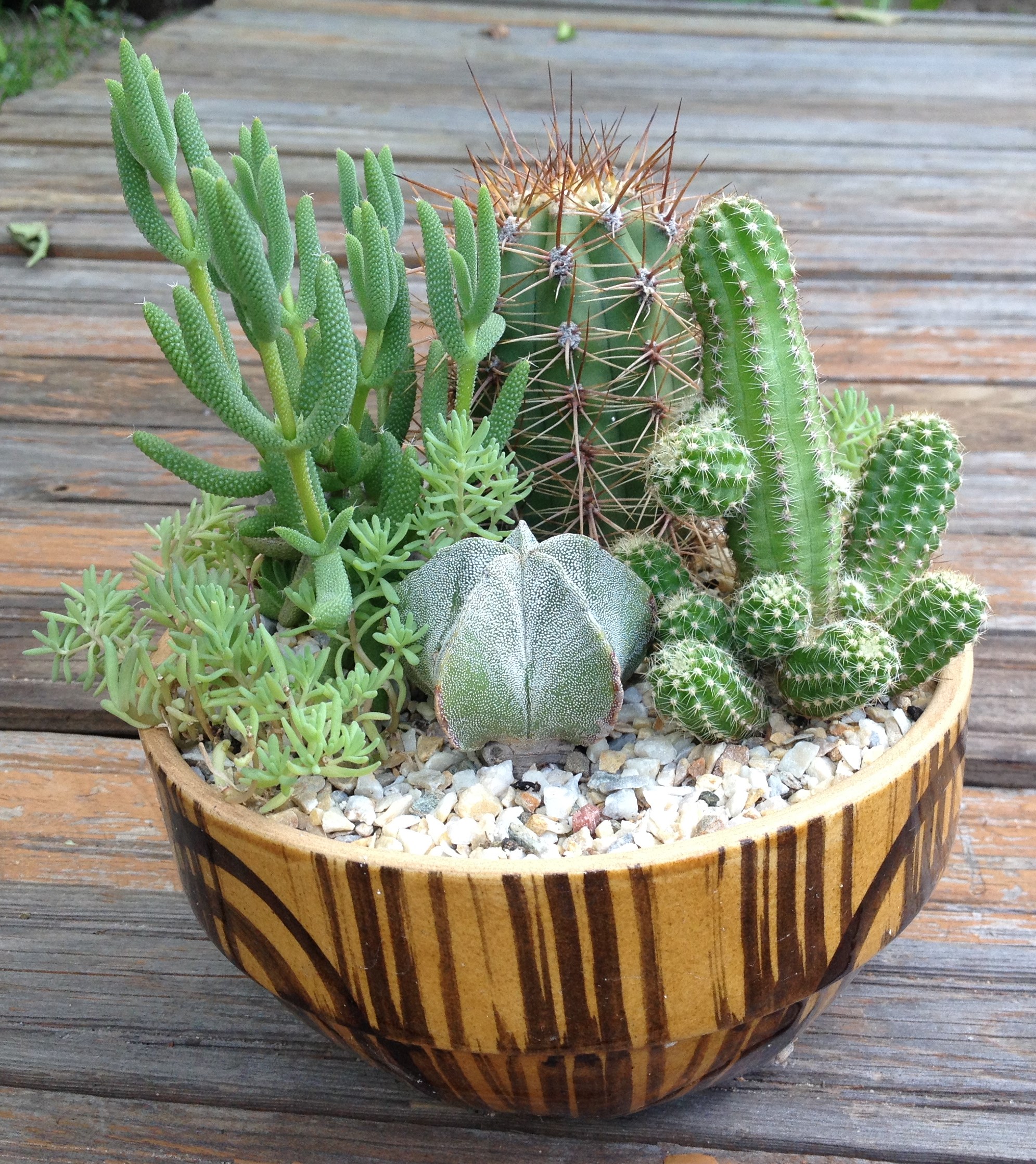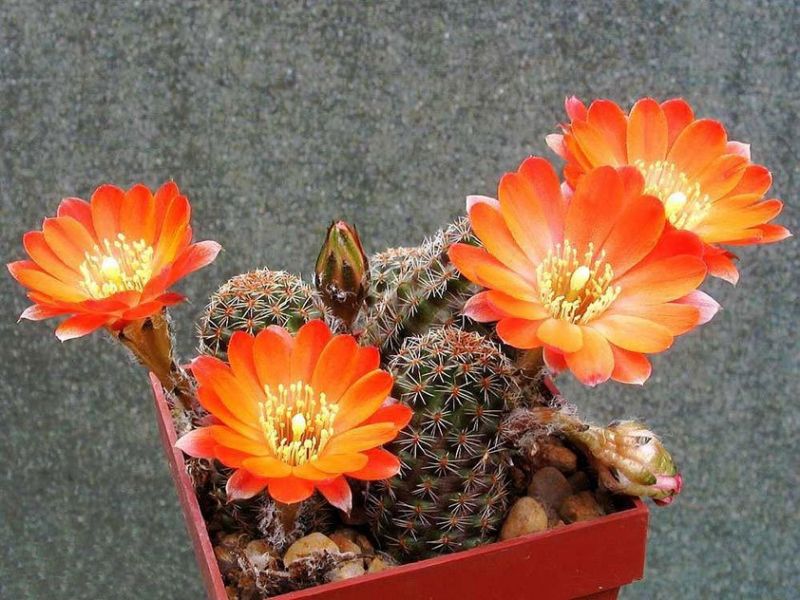Novice indoor flower lovers very often confuse cacti with other succulents, especially milkweed. Some proudly represent their plants not by their name, but meanwhile this is a completely different plant. These types are completely different in terms of care and safety, so it is very important to learn how to distinguish them from each other.
Flower structure

The flowers of a cactus in appearance practically do not differ from the flowers of most plants on the planet. The easiest way to recognize the euphorbia family is by flowers, which are very different from the flowers of other plants by an unusual structure. Large and very bright stipules, more often red, less often white, pink, apricot, give originality and beauty to them. The plant needs them in order to somehow attract pollinating insects.
Thorns or needles
If at the base of the succulent a limited area is visible, as if filled with velvety villi, the so-called "areola", with a bunch of short hairs and spines, then we have a cactus. It also happens that thorns are absent, sometimes even real leaves grow on a fleshy stem, but areoles can always be found. An injection even with a small and soft hair of a cactus is quite painful and does not heal for a long time.
There are thorns on the stalk of the milkweed. Large enough, sharp and dense, they are designed to protect the stem or inflorescence. But their injection does not have very painful consequences.
Plant sap
To adapt to the arid climate, a powerful fleshy trunk is formed, filled with the necessary life-giving moisture.
At the same time, the cactus juice is transparent, safe, and does not contain toxins. Moreover, there are those whose fruits can be eaten, they are not only edible, but also tasty, contain useful vitamins.
Euphorbia, in turn, does not have such reliable protection as sharp thorns that bite into the body, so it is forced to defend itself with the help of its poisonous juice. Already from the name of the family it follows that many have milky sap in places of damage. It is better for the owner of sensitive skin to work with them in protective gloves, and immediately wash off the juice that has got on the skin and do not allow it to come into contact with the mucous membranes. If there are small children or pets at home, then it is better not to start such plants at home or place them in places that are hard to reach at home.
True love for plants is impossible without knowledge about them. So, two outwardly very similar plants on closer examination turned out to be completely different from each other, and each of them needs a special approach.


